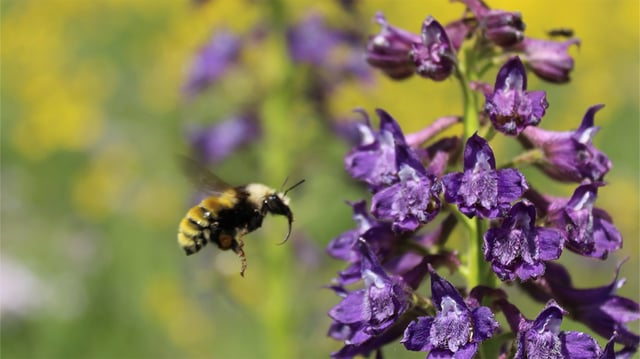Overview
- Coexisting species sorted into two diet groups, with long‑tongued, larger bees favoring higher‑protein pollen and shorter‑tongued species favoring pollen richer in carbohydrates and fats.
- Researchers tracked eight wild bumble bee species and analyzed pollen from 35 plant species to quantify protein, fat and carbohydrate content.
- Pollen nutrition varied widely across flowers, with measured protein ranging from roughly 17% to 86%.
- Foraging shifted over the season as colonies developed, with queens in spring selecting protein‑rich pollen and many workers later choosing pollen with more fats and carbs.
- The authors recommend conservation and garden plantings that provide diverse macronutrient profiles, and they report the findings in Proceedings of the Royal Society B.
